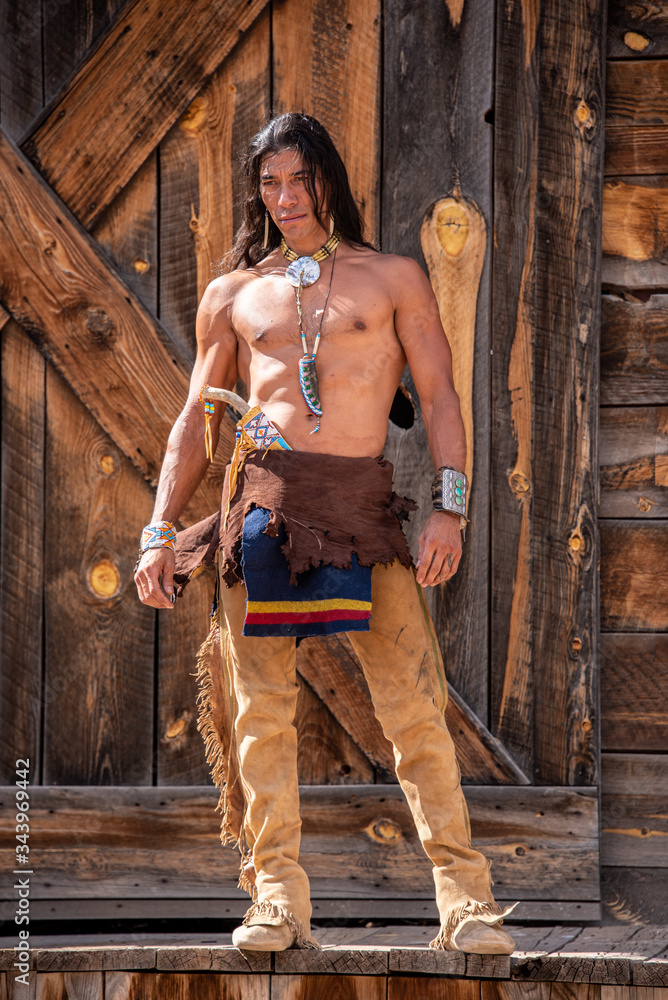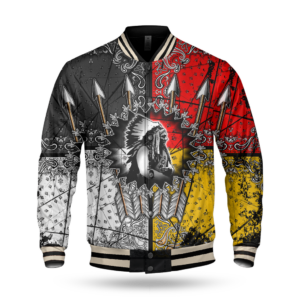Barbie movie native american joke
Barbie movies have been entertaining audiences of all ages for years, transporting us to magical worlds and instructing us valuable life lessons along the way. From princess tales to fashionable adventures, every movie brings its own distinctive allure. Today, we delve into the various vary of Barbie films, exploring their captivating storytelling, memorable characters, and the impact they've had on pop culture. Join us as we embark on a colorful journey via the enchanting world of Barbie motion pictures, where imagination knows no bounds.
Barbie film native american joke
Amidst the numerous moments that resonated with the viewers in Greta Gerwig's Barbie, there was one explicit remark that acquired criticism: a press release concerning the vulnerability of Indigenous individuals to smallpox brought by colonizers.
This comment has garnered disapproval from Indigenous individuals who are expressing their discontent on-line.
In a pivotal scene near the movie's climax, Ken, portrayed by Ryan Gosling, employs patriarchal reasoning to grab control of Barbieland. Gloria (America Ferrera) turns to Barbie (Margot Robbie) and attracts a comparability between this situation and the plight of Native folks in North America, who lacked immunity to infectious ailments introduced by colonists.
"Oh my god! This is like in the 1500s with the Indigenous individuals and smallpox," Ferrera remarks. "They had no defenses towards it!"
While the intention behind this remark stays unclear, numerous Indigenous users are highlighting the problematic elements of it.
"Barbie's comparison of patriarchy/women to smallpox & Indigenous ppl reeks of white feminism!" tweeted Emmy Scott, an Indigenous individual. "This comparability not solely erases Native women, but comparing structural oppression to outright genocide cheapens both."

What was the Indigenous remark within the film Barbie?
Fast forward 30 years, and it's a Sunday evening: my daughter is fed and bathed; meals for the week are prepped; the house is spick and span; and childcare is all set for the evening because my friend and I have plans to catch the brand new Barbie movie. We both step out, dressed in our vibrant pinks, absolutely ready to unwind and luxuriate in a movie.
Directed by Greta Gerwig, identified for her feminist themes and characters who challenge societal constraints, I was thrilled to observe this film with a pricey good friend. One-on-one time with pals can be scarce, particularly as I navigate motherhood, making me treasure these moments much more. My good friend hails from the Gwa'sala-‘Nakwaxd’axw Nations, manages her own enterprise, is raising a four-year-old daughter, and is at present anticipating her second baby.
As we savored the film, laughter filled the air, providing the perfect treatment to align my heart and thoughts for the upcoming busy week. However, halfway via the film, just as Barbie prepares to depart "Barbie Land" for the "actual world," a remark from the character Gloria (played by America Ferrera) took me by surprise.
"Oh my god! This is like in the 1500s with the Indigenous folks and smallpox," she exclaimed. "They had no defenses towards it!"
Is there an Indigenous Barbie in the Barbie movie?
Despite the absence of Indigenous representation, the film did not shrink back from making an insensitive one-liner in regards to the genocide of Native folks. Midway through the movie, Ken (played by Ryan Gosling) returns from the "real world" and introduces the idea of patriarchy to the Barbies, disrupting their harmonious Barbie Land. America Ferrara's character, Gloria, attracts a comparison between Barbie's lack of immunity to patriarchy and Native folks's vulnerability to the introduction of smallpox.

However, it is essential to notice that whereas the film lacked Indigenous illustration, Mattel, the doll's manufacturing firm, has launched Native Barbies. Let's delve into the history of Native American Barbie.
The first Native Barbie, unfortunately named "E**imo Barbie," using a derogatory term for Indigenous people from Alaska and the Arctic regions, was introduced in 1981 as a part of the Dolls of the World International Series. This doll stood alone for over a decade until the release of the "First Edition Native American Barbie" in 1993 as part of Mattel's "Dolls of the World" Collection. She was wearing a white "buckskin" high and skirt adorned with white fringe, that includes lengthy black hair and tanned pores and skin.
Since then, multiple Native Barbies have been launched, together with second, third, and fourth editions of the original, together with a Barbie line titled the "Native Spirit Collection." The first Barbie in this collection was the "Spirit of the Earth Barbie." There's even a Barbie at the Smithsonian, known as the "Northwest Coast Barbie," released in 2000.
Each of these dolls is accompanied by an introduction explaining who they are and describing their attire. For instance, the Third Edition Native American Barbie (1994) is described as follows:
"My dancing outfit is an up to date model of a tribal princess costume. It's a mixture of conventional fashion with the newest colors and accessories of today! I'll be fairly in my pink tunic and skirt with geometric patterns, white fringe, and ribbon trim. My moccasins, beaded necklace, turquoise earrings, and ring full my modern-day powwow look!"
Regrettably, these Native American Barbies are sometimes labeled as "princesses," perpetuating the "Indian Princess" stereotype commonly seen during Halloween. This reduction oversimplifies Indigenous girls's experiences, turning them into mere costumes and neglecting the non secular, cultural, and traditional significance of regalia and clothes.
It's price noting that Barbie herself is a product of patriarchy and colonization. The Barbie movie explores the challenging actuality of girls living in a patriarchal society, resonating with many. It delves into the experience of growing up as a woman, continuously subjected to societal expectations concerning look and conduct, perpetually policed and dominated by males.
For Indigenous ladies, the connection with patriarchy and colonization is exclusive, as these two forces typically intersect. A 2016 study by the National Institute of Justice (NIJ) discovered that more than 4 in five American Indian and Alaska Native girls have experienced violence in their lifetime, together with fifty six.1 percent who have endured sexual violence—a trauma perpetuated since colonization.
Barbie was born from the male gaze, and the colonial perspective continues to misrepresent the Indigenous experience, each in the product line and the movie inspired by it. While the film effectively portrays the general expertise of women under patriarchy, it falls in need of acknowledging the intricate and distinctive expertise of Indigenous ladies inside this patriarchal framework, viewed by way of the lens of colonization by both women and men alike.
Who mentioned we mothers stand still so our daughters can look again and see how far they've come?
Played by Rhea Perlman, Ruth engages in a heartfelt dialog with Barbie that circles again to the theme of motherhood. Ruth's position as a maternal figure to Barbie is not solely because she created her, but also because Barbie is modeled after Ruth's own daughter, Barbara. Amid their dialogue, Ruth emphasizes the profound dedication of moms to make the world a better place for his or her daughters, oftentimes making important sacrifices along the way.

Transferring your social, cultural, and spiritual values to your kids, prolonged household, and pals is a significant method to impart your legacy. Whether native american clothing or not, the family legacy is perpetuated by way of your actions and beliefs, shaping the lives of these round you.
The Focus on the Family website eloquently describes a religious, emotional, and social legacy as a three-stranded twine. While every strand alone could not bear much weight, when intertwined, they kind a strong bond.
But what concerning the legacy we move from one woman to another—not restricted to our daughters, but encompassing all the women who enter our lives? It's essential to be deliberate in how you shape and share your legacy. Take the time to replicate on who you would possibly be and what you aspire to cross on.
In "The Momentum Effect," we delve into our life's function and craft a imaginative and prescient for our future journey. All of these endeavors culminate within the articulation of the legacy we wish to go away for generations to come.
